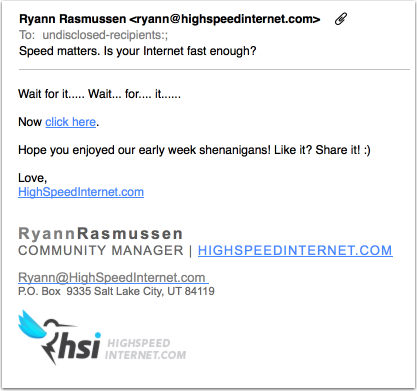It's about the spam
Tell someone they have hit a spamtrap and they go through a typical reaction cycle.
Denial: I didn’t hit a trap! I only send opt-in mail. There must be some mistake. I’m a legitimate company, not a spammer!
Anger: What do you mean that I can’t send mail until I’ve fixed the problem? There is no problem! You can’t stop me from mailing. I’m following the law. My mail is important. I’ll sue.
Bargaining: What if I just send mail to some recipients? What if I hire an email hygiene company to remove traps from my list?
Acceptance: What can I do to make sure the people I’m mailing actually want to be on my list?
Overall, my problem with the focus on spamtraps (and complaints to a lesser extent) is that these metrics are proxies. Spamtraps are a way to objectively monitor incoming email. Mail sent to spamtraps is, demonstrably, sent without permission of the address owner. This doesn’t mean all mail from the same source is spam, but there is proof at least some of the mail is spam.
If there is enough bad mail on that list, then reworking the subscription process may be necessary to fix delivery.
